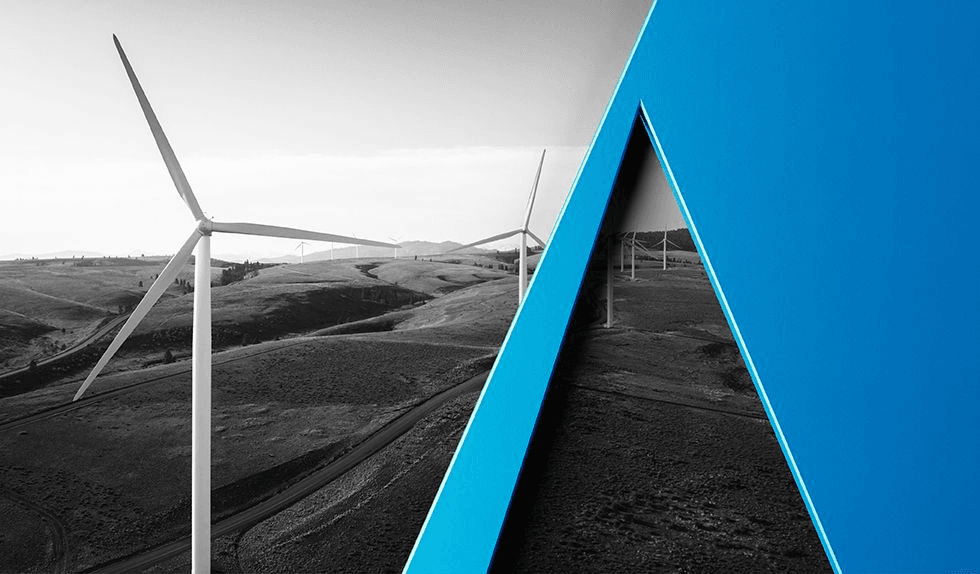Speaking Energy
As the energy industry continues to grow and change with new technologies, markets and resources, the Speaking Energy blog provides readers with key updates and insights.

Search Results
Speaking Energy
Last month over 35,000 participants attended the Gastech 2019 Conference, the world’s largest gas and LNG conference, in Houston, Texas. Members of Akin Gump Strauss Hauer & Feld LLP’s global energy and transactions team attended Gastech and wanted to share the following observations:
Speaking Energy
This Practice Note (i) considers what is meant by “structure” in the context of a project finance transaction and identifies key issues that inform the approach to structuring a project finance transaction, and (ii) looks closely at the Azura Edo independent power project in Nigeria (“Azura Edo IPP”) as a case study to help identify and explain a number of recent and innovative project finance structuring solutions that have been successfully implemented in order to overcome certain identified risks and challenges.
Speaking Energy
On August 21, 2017, Power Africa published its 2017 Annual Report highlighting more than 80 Power Africa transactions closed and more than $14.5 billion in financings since its inception. Overall, it has facilitated the financial close of power transactions expected to generate more than 7,200 MW of power in sub-Saharan Africa and generated more than $500 million in U.S. exports. The report demonstrates how Power Africa, and the recently passed Electrify Africa Act, continues to create opportunities for American businesses in Africa as it proceeds toward its goals of increasing installed generation capacity by 30,000 MW and adding 60 million new electricity connections by 2030 on the continent. These developments are important, since interested investors continue to seek access to the $300 billion energy market in sub-Saharan Africa and tap into the demand for an additional 20,000 megawatts in the region.
Speaking Energy
From August 4-6, President Obama will host approximately 45 leaders from across the African continent in Washington, D.C., for a three-day U.S.-Africa Leaders Summit (the “Summit”). This is the first such event of its kind and is the largest event any U.S. President has held with African heads of state and government. The Summit is intended to advance the administration’s focus on power and investment in Africa. As such, the Summit will focus heavily on the administration’s new Power Africa initiative, as well as the renewal of the African Growth and Opportunity Act (AGOA). These initiatives and pending Power Africa legislation, including the Electrify Africa Act and the Energize Africa Act, are of importance to anyone looking to invest in Africa in the future.
Speaking Energy
Last week, the U.S. House of Representatives passed the Electrify Africa Act of 2014, approving a plan to bring power to over 50 million Africans and further open the door for U.S. investors in the continent's development and growth.
The Electrify Africa Act, which mirrors many aspects of the Power Africa initiative unveiled last year by President Obama, aims to make government-backed credit more accessible to the private sector in order to deliver access to energy for more than 50 million people in sub-Saharan Africa. This important development could help interested investors access a $300 billion energy market in sub-Saharan Africa and tap into the demand for an additional 20,000 megawatts in the region.
Speaking Energy
On February 27, 2014, the House Committee on Foreign Affairs passed H.R. 2548, the Electrify Africa Act, to improve access to electricity in sub-Saharan Africa, through a comprehensive U.S. government approach to electricity projects in the region. The bipartisan legislation would establish a U.S. strategy to support affordable, reliable electricity in sub-Saharan Africa in order to improve economic growth, health and education in Africa, while helping job creation in the United States through greater exports.
The main purpose of the Electrify Africa Act is to make government-backed credit more accessible to the private sector in order to deliver access to energy for more than 50 million people in sub-Saharan Africa. This important development could help interested investors access a $300 billion energy market in sub-Saharan Africa and tap into the demand for an additional 20,000 megawatts in the region.


